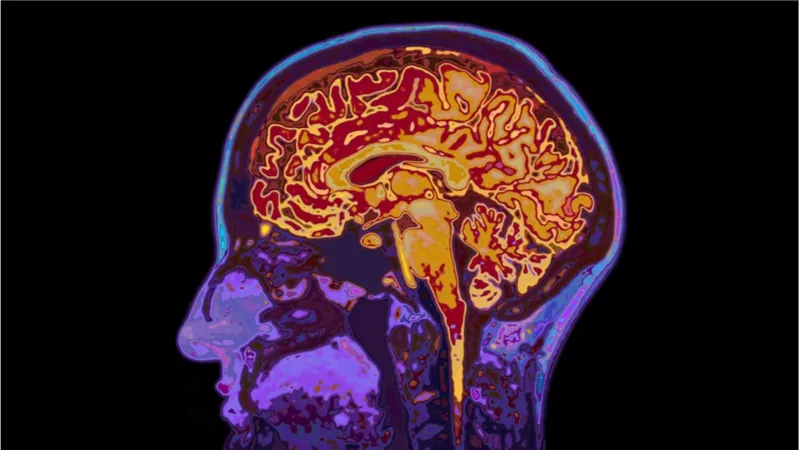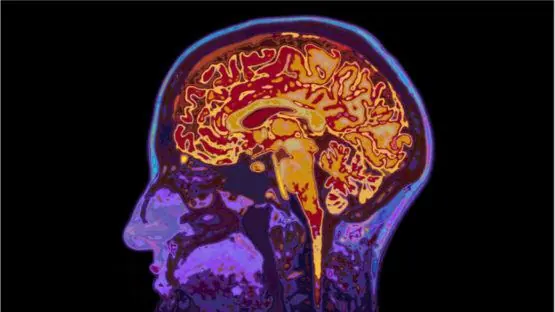Recent data published in Neuropsychopharmacology has looked at changes in brain connectivity across lifespan and in patients with major depressive disorder.
Your chronological age is simply the amount of time that has passed since you were born, but your biological age represents how your body has physically aged over that time. Some conditions and practices, such as obesity and smoking, can accelerate many of the aging processes, while longevity interventions attempt to slow, halt, or even reverse these processes, thus making your chronological age different from your biological age. Some researchers have attempted to predict chronological age using various biological markers, while others have tried to quantify biological age as a measure of overall health.
Modeling brain aging with fMRI
Recent research at Weill Cornell Medical in New York City has taken both of these approaches in a brain MRI study of 710 healthy individuals from 18-89 years of age [1]. The researchers used resting state functional MRI to study the connectivity of different brain regions, finding decreased connectivity in older age, particularly in the executive/attention control, default mode, and sensorimotor networks of the brain. They then created a model from the fMRI connectivity data to predict age using a support vector regression machine learning technique. The model was somewhat robust, with a correlation coefficient of 0.7 (a measure that can range from -1 to 1, with both extremes indicating a perfect correlation). However, the variability between predicted and actual age was wide, with a standard deviation of about 13 years.
Depressed patients show signs of accelerated brain aging
The researchers applied their model to 109 patients being treated for major depressive disorder (MDD). MDD is associated with accelerated aging both on a behavioral and cellular/molecular level, but it has not been previously looked at in a resting state functional connectivity study such as this one. The model, which was trained on healthy individuals, predicted patients with MDD to be 2.1 years older than their actual ages. This difference was mild but considerably significant from a statistical standpoint.
The researchers also looked specifically at the difference between predicted and chronological age, considering individuals with higher predicted ages, according to their model, to have undergone accelerated brain aging. This variable was related to depressive symptom severity and financial impulsivity in men; however, this did not apply to women, nor was it related to several other cognitive variables. Furthermore, the data used in this study came from a clinical trial on repetitive transcranial magnetic stimulation (rTMS). Because advanced age is related to treatment non-responsiveness across medical disciplines, including psychiatry, the researchers hypothesized that accelerated brain aging may also predict treatment non-responsiveness to rTMS. However, no association was found.
In conclusion, this study predicted brain age in HC and MDD patients using rsFC. Functional brain aging was accelerated in MDD patients compared to HC, and accelerated brain aging in MDD was associated with increased impulsivity. The study provides evidence for the notion that MDD is associated with accelerated brain aging, and that accelerated aging is associated with worsened impulsivity and depression severity. Establishing these biologically based relationships will be critical to more comprehensively understand the etiology and heterogeneity of MDD, with the hopes of identifying novel treatments to address the significant personal and economic burden of this disorder.
Conclusion
Biological clocks for brain tissue have been shown to be more predictive of neurodegeneration and mortality than chronological age. It is interesting to see data that identifies common manifestations between aging and a condition not typically thought of as age-related, such as depression. As we learn more about the biomarkers of aging, such as reduced resting state functional connectivity in the brain, we will be able to better study the mechanisms of aging and the impacts of aging interventions. Non-invasive measures, particularly fMRI, are valuable for their practical human use. It is also conceivable that a biological clock, such as a modified version of the one used in this study, can reduce the time required to conduct clinical trials. However, much is still unknown about this model and others like it. Further studies will be needed before such clocks can be used as surrogate endpoints for morbidity and mortality.
Literature
[1] Dunlop, K., Victoria, L.W., Downar, J., Gunning, F.M., & Liston, C. (2021). Accelerated brain aging predicts impulsivity and symptom severity in depression. Neuropsychopharmacology, online ahead of print. https://doi.org/10.1038/s41386-021-00967-x



